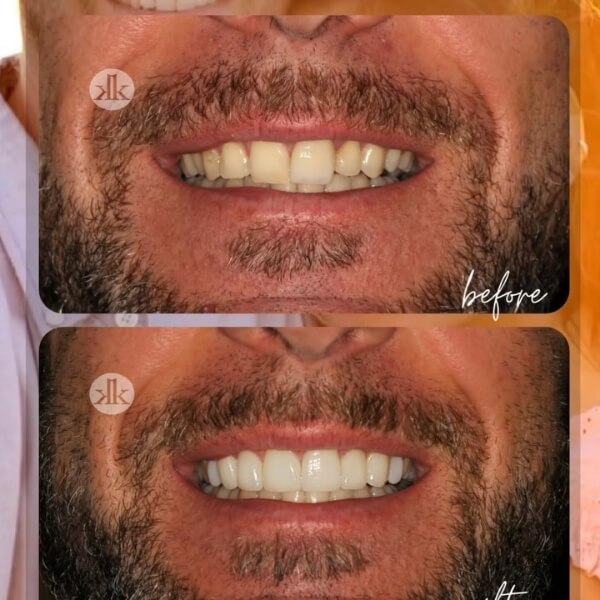3 Minute Read:
Depending on your age and what you’ve been told about root canal therapy (RCT), you may be fearful to undergo this treatment. However, you should know that advances in dental technology have made this procedure much more effective and comfortable.
Despite the negative reputation that root canal therapy earned decades ago — before newer methods were implemented — most dentists today use state-of-the-art equipment and techniques to make the root canal faster, more successful, and less invasive.
Why Would I Need Root Canal Therapy?
Root canals are a common dental procedure performed to remove damaged tissue inside a tooth caused by tooth decay, infection, or trauma.
The pain associated with root canals often results from the underlying condition causing the need for treatment, and local anesthesia is administered to prevent pain during the procedure. If any pressure or discomfort is felt during treatment, this is typically mild.
How Is Root Canal Therapy Performed?
After numbing the area around the affected tooth, the dentist or endodontist will create a small opening in the top of the tooth to access the infected or damaged tissue. Using specialized tools, the dentist will remove this tissue and thoroughly clean the inside of the tooth. They will then fill the inside of the tooth with a material called gutta-percha to help strengthen it and prevent future infections.
Some patients may feel mild discomfort after a root canal — when the anesthetic wears off — but this can be managed with over-the-counter pain medication. Sometimes, the dentist may prescribe stronger pain medicine.
Your tooth will be covered with a temporary crown following your root canal that will protect it until the permanent crown can be fabricated. Most often, it takes approximately two weeks to send out and receive the permanent crown.
This restoration will be color-matched to your surrounding teeth (for a natural look) and should be maintained like all of your other teeth. This includes proper oral hygiene that includes both brushing and flossing.
Sedation for Root Canal Therapy
If you are still fearful about receiving root canal therapy, many dentists offer sedation options, such as nitrous oxide (laughing gas), to help patients relax and feel more comfortable.
Some patients may also opt for intravenous (IV) sedation, which provides a deeper level of relaxation.
Saving Your Teeth With Root Canal Therapy
Avoiding a root canal when needed can lead to more serious problems, such as an abscessed tooth, which can cause severe pain, threaten the health of adjacent teeth, and lead to tooth loss.
In comparison, a root canal is a relatively simple procedure that can save a damaged or infected tooth and relieve the associated pain.
Root canal therapy is not as uncomfortable as many people believe. With the advances in dental technology, root canals are more pain-free than ever before.
If you are experiencing tooth pain, it’s crucial to see a dentist as soon as possible for treatment and to determine if a root canal is necessary.
Compassionate and Comprehensive Dental Care in San Diego, CA
La Jolla Cosmetic Dentistry & Orthodontics provides complete dental care in San Diego, California. Dr. Kami Kohani is committed to meeting the unique needs of patients by creating individualized treatment plans and providing patients with dental care that is both effective and comfortable.
When one or more teeth are severely damaged and ineligible for root canal therapy (necessitating an extraction), we also offer dental implants for tooth replacement.
La Jolla Cosmetic Dentistry & Orthodontics offers our San Diego patients a variety of dental sedation options when necessary. If you have a dental emergency in San Diego or need regular dental care, call Dr. Kohani’s office at (858) 281-0653.









